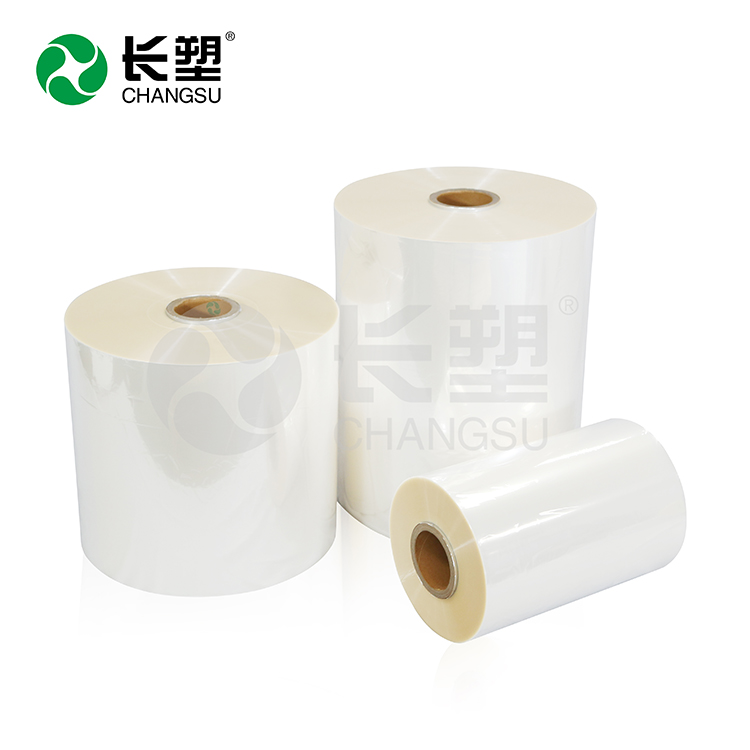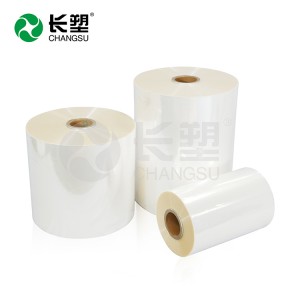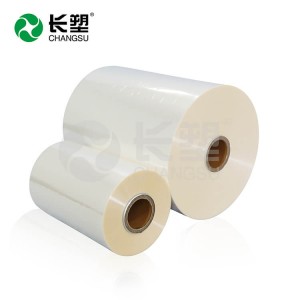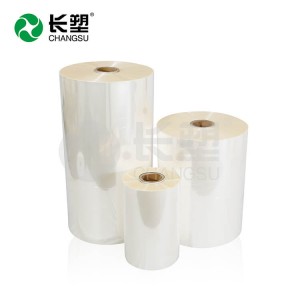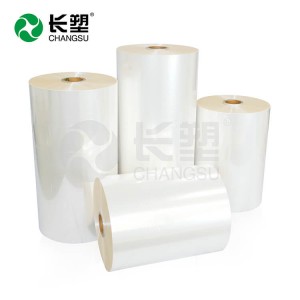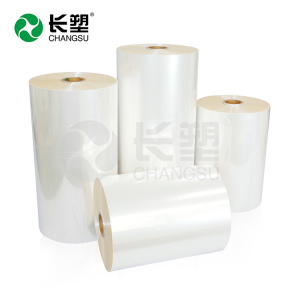Sequential BOPA With One Side Corona Treated
| Features | Benefits |
| ✦ Good flex crack resistance;
✦ Good strength and puncture/impact resistance; ✦ High gas barrier; ✦ Excellent applications at high and low temperature; ✦ Varied thickness; ✦ Good clarity |
✦ Suitable for different packaging configurations;
✦ Capable of packaging heavy, sharp or rigid products with excellent packaging safety; ✦ Extend shelf life; ✦ suitable for frozen food and pasteurization/boiling application; ✦ Thickness tailored for different strength requirements - cost efficient; ✦ Better sensory quality |
| Thickness/μm | Width/mm | Treatment | Retortability | Printability |
| 10 - 30 | 300-2100 | single side corona | ≤100℃ | ≤6 colors(recommended) |
Notice: retortability and printability are depending on customers’ lamination and printing processing condition.
| Performance | BOPP | BOPET | BOPA |
| Puncture Resistance | ○ | △ | ◎ |
| Flex-crack Resistance | △ | × | ◎ |
| Impact Resistance | ○ | △ | ◎ |
| Gases Barrier | × | △ | ○ |
| Humidity Barrier | ◎ | △ | × |
| High Temperature Resistance | △ | ◎ | ○ |
| Low Temperature Resistance | △ | × | ◎ |
bad× normal△ quite good○ excellent◎
OA1 can be used for packaging printing within 6 colors (including 6 colors) and ordinary packaging with edge width ≤ 3cm and without frame requirements. It can keep a small degree of warping and curling after boiling and suitable for packing heavy contents with bones, spines which require high resistance to puncture and impact, such as packages applicable to pickled vegetables (pickled mustard, bamboo shoots, pickled vegetables, etc.), seafood, nuts, washing powder, udong noodles, duck blood, soft canned fruits, pastry, moon cake, traditional Chinese rice-pudding, dumplings, hot pot ingredients, frozen food, etc.
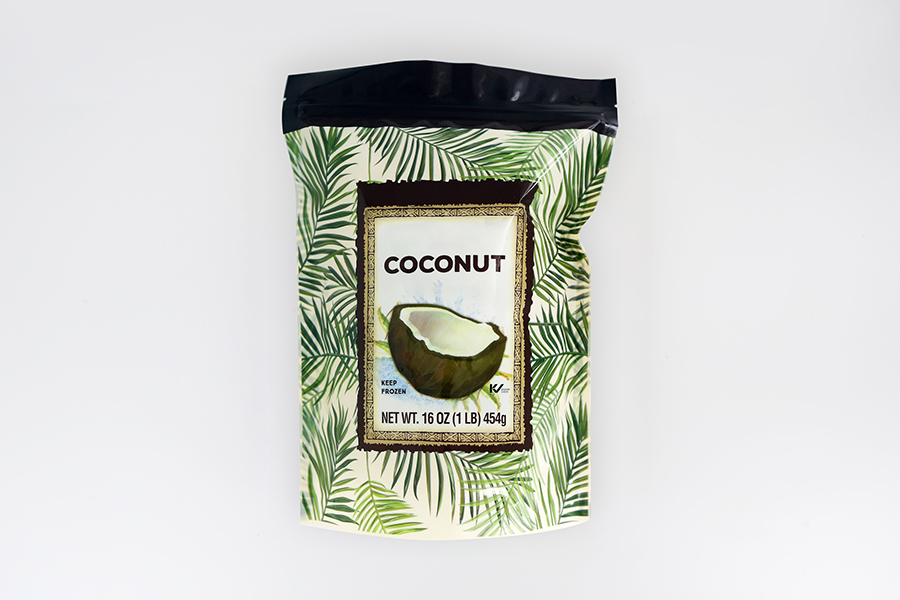

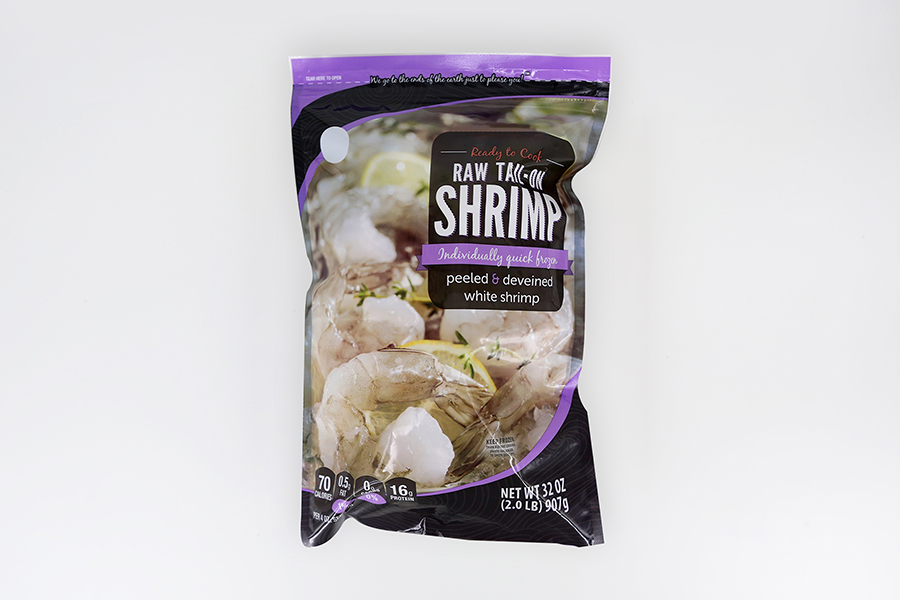
Methods of Lamination about Flexible Packaging
The composite processing methods of flexible packaging mainly include dry composite, wet composite, extrusion composite, co-extrusion composite and so on.
● Dry type composite
In the various processing technologies of composite film, dry composite is the most traditional and the most widely used technology in China, which is widely used in packaging of food, medicine, cosmetics, daily necessities, light industrial products, chemicals, electronic products, etc.
● Wet composite
Wet composite is to coat a layer of adhesive on the surface of the composite substrate (plastic film, aluminum foil). When the adhesive is not dry, it laminates with other materials (paper, cellophane) through a pressure roller, and then dried into a composite film through a hot drying tunnel.
● Composite extrusion
Extrusion compound is to melt polyethylene and other thermoplastic materials in the extruder after extrusion into the flat die mouth, become sheet film outflow immediately and another or two kinds of films through the cooling roll and composite press roll laminate together.
● Extrude coated film
Extrusion coating is a method of making a composite film by melting a thermoplastic, such as polyethylene out of a flat head and pressing it against another substrate between two rollers in close contact.
● Extruded composite film
Extrusion compound is the extruded resin sandwiched in the middle of two substrates, it will play two substrates together adhesive action, but also a composite layer.


